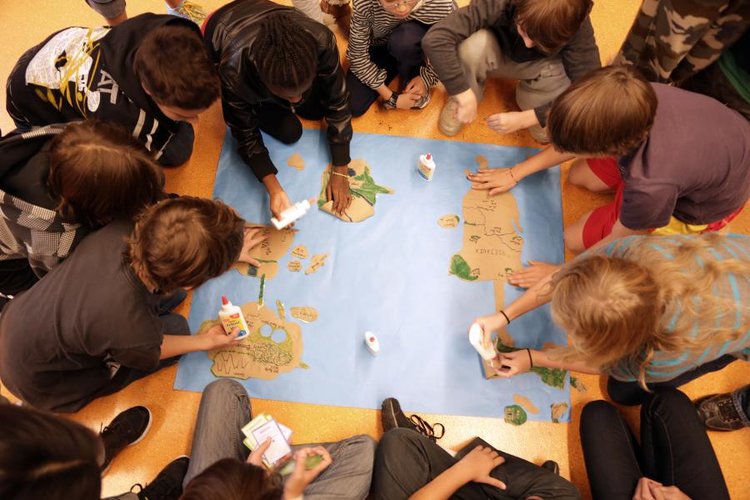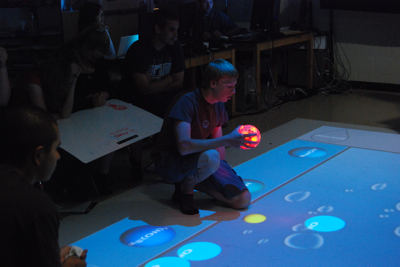Beyond the Maker Movement

Hands-on learning or learning by doing has been taking place formally and informally for years, but technology and new tools have helped recreate this style of learning into the ever popular maker movement. There is no question that students learn through embodied cognition with enriching experiences grounded in the body, but how has it changed and what does this mean for students today? Hands-on learning is a total learning experience which enhances a student’s ability to think critically. Applying core concepts to real-world challenges, students are encouraged to plan a process to test a hypothesis, put the process in motion, follow through to completion and explain the obtained results. These hands-on lessons have been most traditionally seen in science and engineering classes doing experiments and building things, but how can this creative thinking be applied to other subjects?
Innovative Educator, Lisa Yokana, shares her ideas with Edutopia, Capture the Learning: Crafting the Maker Mindset:
- First, identify the content you need to teach.Start with a simple lesson or unit to get your feet wet. Is it atomic orbitals or the grammatical structure of Mandarin? What specific information and material should students understand deeply through the experience?
- Second, think about the skills that you want the students to use and practice.Do you want them to develop empathy for the characters in a novel or for abolitionists during the Civil War? You can craft a lesson that allows students to practice and hone these specific skills. To teach close observation in biology, ask students to adopt a tree for the year and visually record how it changes over time.
- Third think about restrictions or limitations for the project. All creativity needs restraints. It could be as simple as the materials you want students to use. Perhaps you limit them to using recycled materials that they gather. Have them explore the properties of the material before they use it, because you cannot assume that students have making experience. How much can wire bend before it breaks? Successful projects don’t have to be high tech — they can be as simple as paper and colored pencils.
- Fourth, craft a main question, the simpler the better.Ask math students to create a tool that can measure the height of a flagpole. Make it relevant. Ask world history students to make mandalas that demonstrate their understanding of the eight-fold path in Buddhism. How would you show the “right mind” or right action? For math and science students, how can you measure the water output of a stream?
The maker movement mindset can take you past physical manipulatives and into in-depth investigations with ideas that draw meaning and understanding from their experiences.
Asking them to express an idea translated into another medium requires them to know something holistically and more deeply. They must understand both its complexities and its parts. It’s the same as knowing something well enough to teach it — you have to understand it completely, as well as how all the different pieces fit together.

SMALLab Learning applies the maker mindset through thoughtfully designed scenarios for different subjects and lessons. Beyond the scenarios, consider having your students participate in a design program customized for your curriculum whether it is on game design, animation, or 3D printing!
Maker spaces open the doors to new concepts, new ideas, and inspiration. Students are not just sitting and listening, but up out of their seats, collaborating, making, doing and experiencing. Each person has a different perspective that comes together in an embodied and engaging experience that creates a deeper understanding of the lessons making new opportunities for learning. Challenge your students to come up with their own solutions! How are you creatively applying the maker mindset in your classroom?
